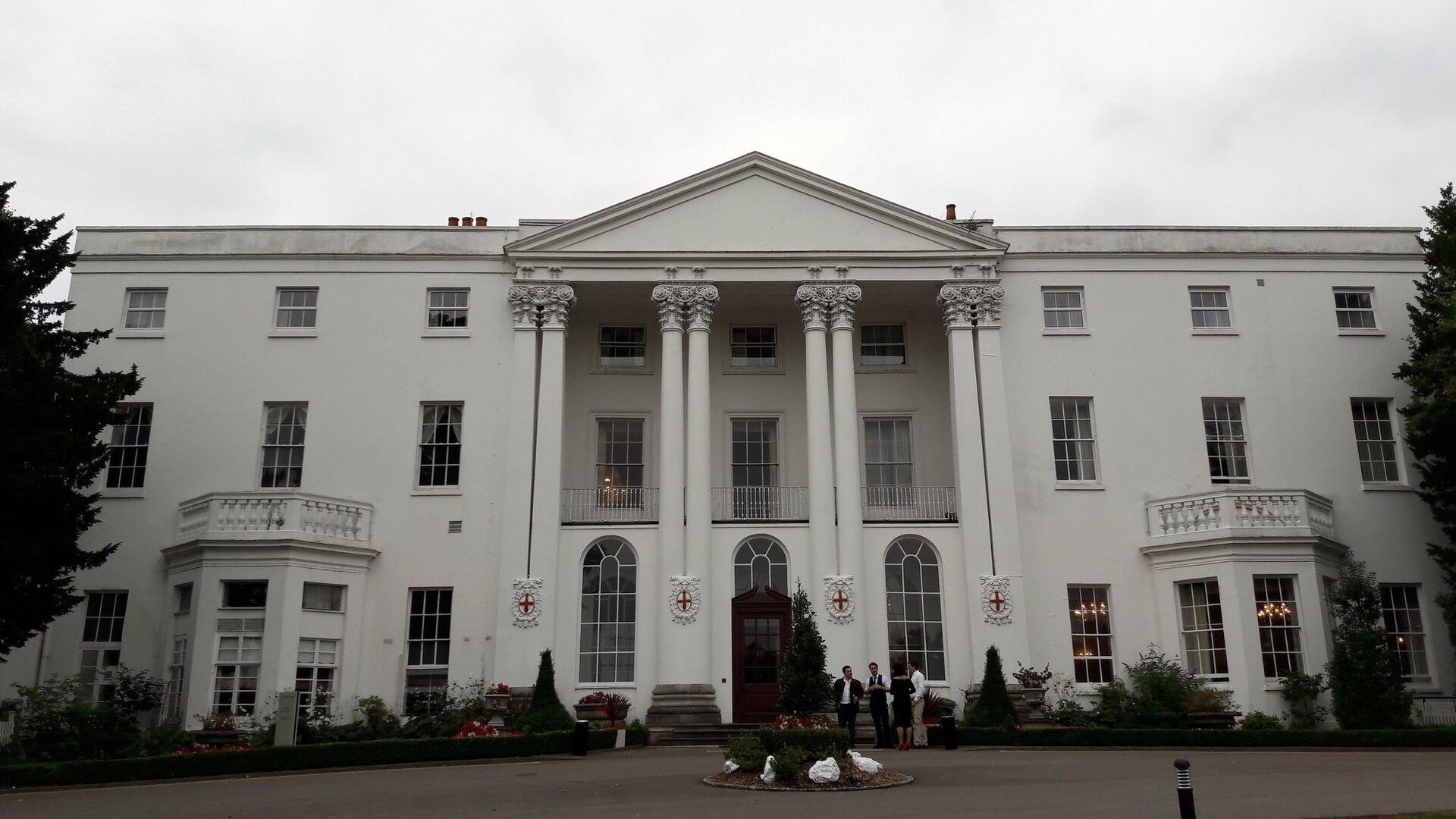A new book, "Educating in Faith", explores the rise and fall of English Catholic public schools

Educating in Faith: A History of the English Catholic Public School (Sacristy Press) by Mark Cleary
My Jesuit public school, which was called Beaumont, liked to tell impressionable parents that it was “the Catholic Eton”. I am oddly disappointed to learn from Mark Cleary’s new book that four other Catholic public schools have also laid claim to the title: Ampleforth, Downside, Stonyhurst and the Oratory.
It ought not have surprised me, for Beaumont was the most snobbish and class-conscious environment I have ever been in. This book makes clear that the Catholic public schools project was, right from the start, obsessed with wealth and social status. The idea was to re-establish a Catholic elite which could take its place alongside the existing Protestant elite, and join it in governing the country.
The schools became possible towards the end of the 18th century after public opinion moved decisively towards Catholic emancipation. The House of Commons supported it and eventually the King and the House of Lords were won round. In 1778, parliament voted to allow Catholics to own property and to inherit land, so long as they swore an oath renouncing Stuart claims to the throne. And in 1782, an Act was passed allowing the establishment of Roman Catholic schools. The 15 Catholic public schools founded in the next century or so were to be places where the old recusant families – those of the landed gentry who had remained faithful to Rome – could send their sons, to be trained up as English gentlemen.
The recusant families brought gentility and antiquity, but there were not enough of them to sustain the schools. Alongside them, and soon outnumbering them, came the converts of the 1830s and 1840s, brought to Catholicism by the so-called Oxford Movement, who were socially and politically well connected, and often very wealthy. Apart from Henry Newman, its leaders included Ambrose Phillipps de Lisle, a descendant of whom was at Beaumont in my time.
The Catholic public schools consciously aped the existing Protestant ones and competed with them for grandeur. Their focus, writes Cleary, “was unashamedly elitist, with a desire to ape the non-Catholic public school, and thereby to create a new Catholic elite.”
When Beaumont was founded in 1861, it “explicitly sought a much more aristocratic, international and socially influential clientele” than existing Catholic public schools. Its heads liked to tell the possibly apocryphal story of how the rector (headmaster) wrote to introduce himself to the headmaster of Eton, a few miles down the Thames. The Eton head wrote back: “Harrow we know, Winchester we know, but what is Beaumont?” The rector replied: “Beaumont is what Eton used to be – a school for the sons of Catholic gentlemen.” (When Eton was founded, in 1440, it naturally taught only Catholics.)
It’s understandable that, as soon as it was permitted, Catholics would seek to entrench their faith by creating their own schools – and they founded Catholic schools for the poor as well as the rich. What’s less forgivable is the way they replicated the class system, dedicating a huge proportion of the Church’s resources to educating its richest adherents and making them fit to rule. Why, as Cleary puts it, did they “place such a premium on creating expensive, socially elite and tradition-bound public schools?”
Cleary himself went to one of these schools – Ratcliffe College in Leicestershire. Unlike me, he kept the faith, and refers to the schools throughout the book as “our schools”. Nonetheless, this is an authoritative and readable account, and Cleary is clear-sighted about the schools’ failings, and also about the strange priorities of a Church which poured its limited human and other resources into elite institutions from which all but the rich and powerful were excluded.
These schools are now in decline. Many of them have closed (Beaumont in 1967) and those that remain have lost their principal distinguishing features. Their teachers and heads are no longer priests, because ordinations have gone into freefall. They admit girls and have more day pupils than boarders.
But perhaps the most important factor in their decline is that they facilitated an appalling catalogue of child abuse. With uncharacteristic circumlocution, Cleary reflects on how “a school environment characterised by isolation, rigid structures of authority and automatic deference may have been conducive to the perpetration of abuse.”
It may have indeed. The fact that Catholic public schools insisted that the Church alone should inspect them may also have been conducive to abuse, along with the deference the Church still encourages towards its priests.
I have to say, in fairness, that I am not aware of any child abusers among the priests in my time at Beaumont. But if you lock up a few hundred teenage boys, and a few dozen technically celibate men, and leave them to stew together for months at a time, uninspected, the beneficiaries are likely to be the child abusers among the men, and the bullies among the boys. That is what happened in the Catholic Church’s public schools, and the Church has still not faced its responsibility for it.
This article is from New Humanist’s Spring 2025 issue. Subscribe now.


